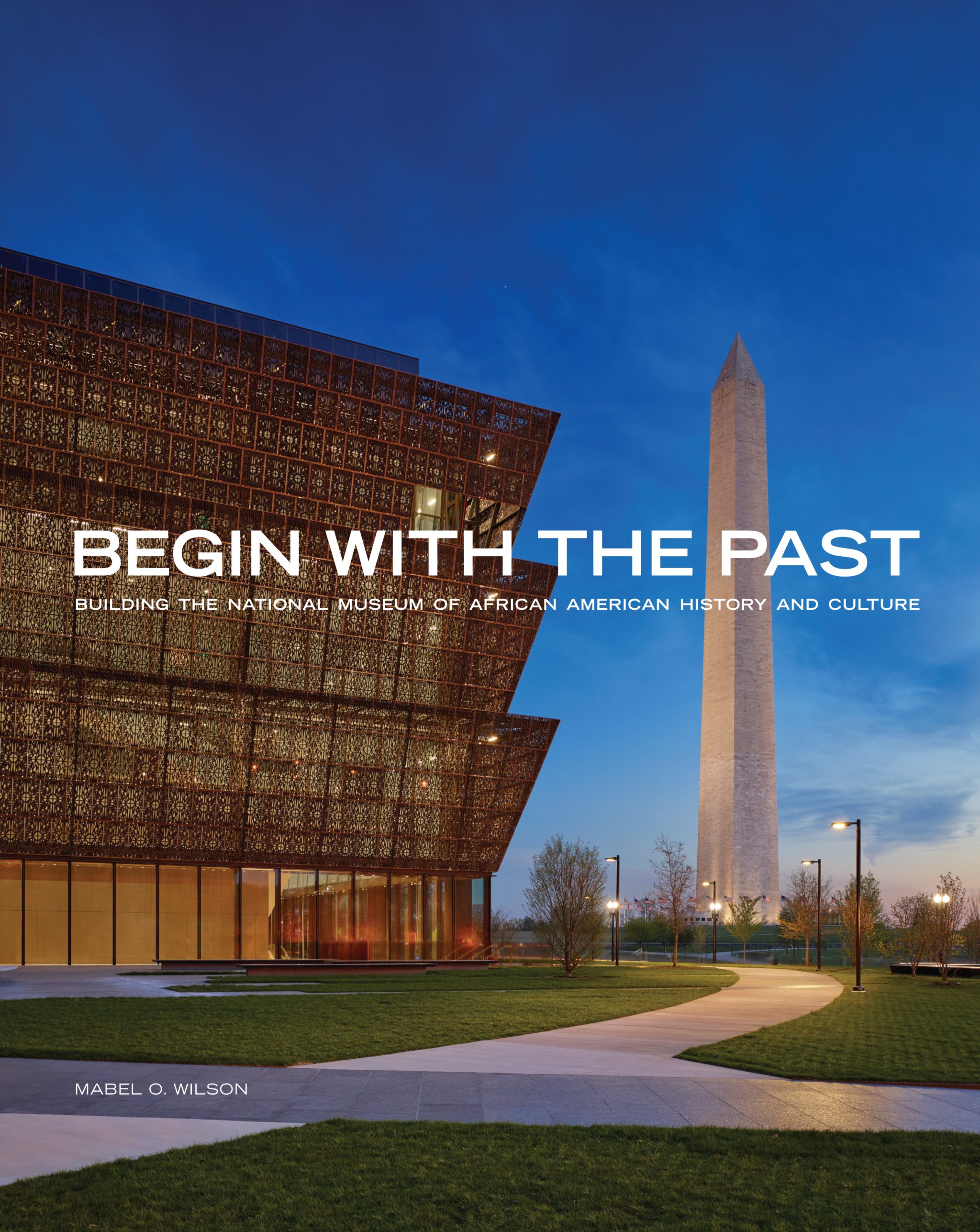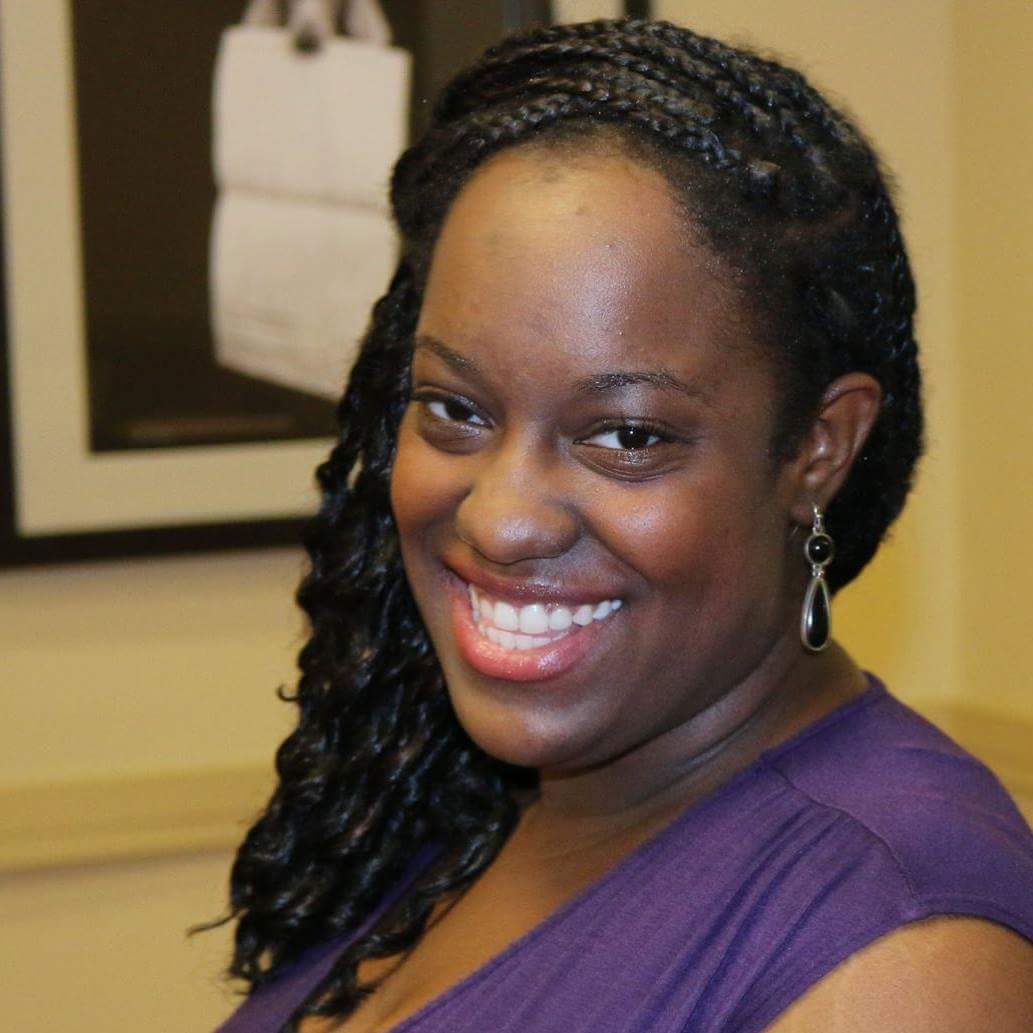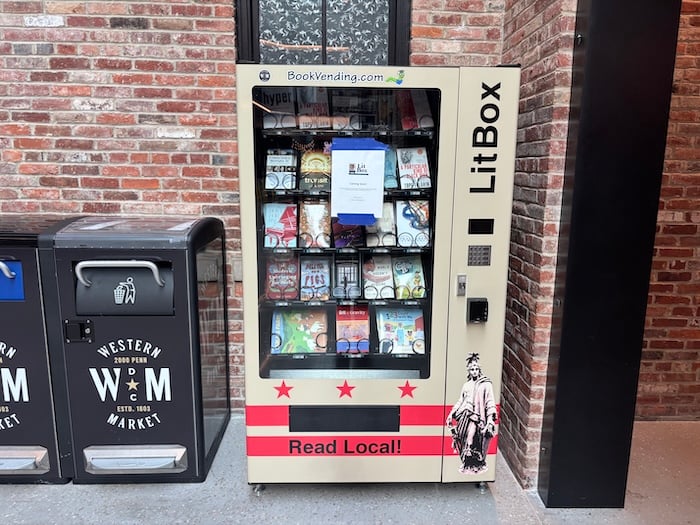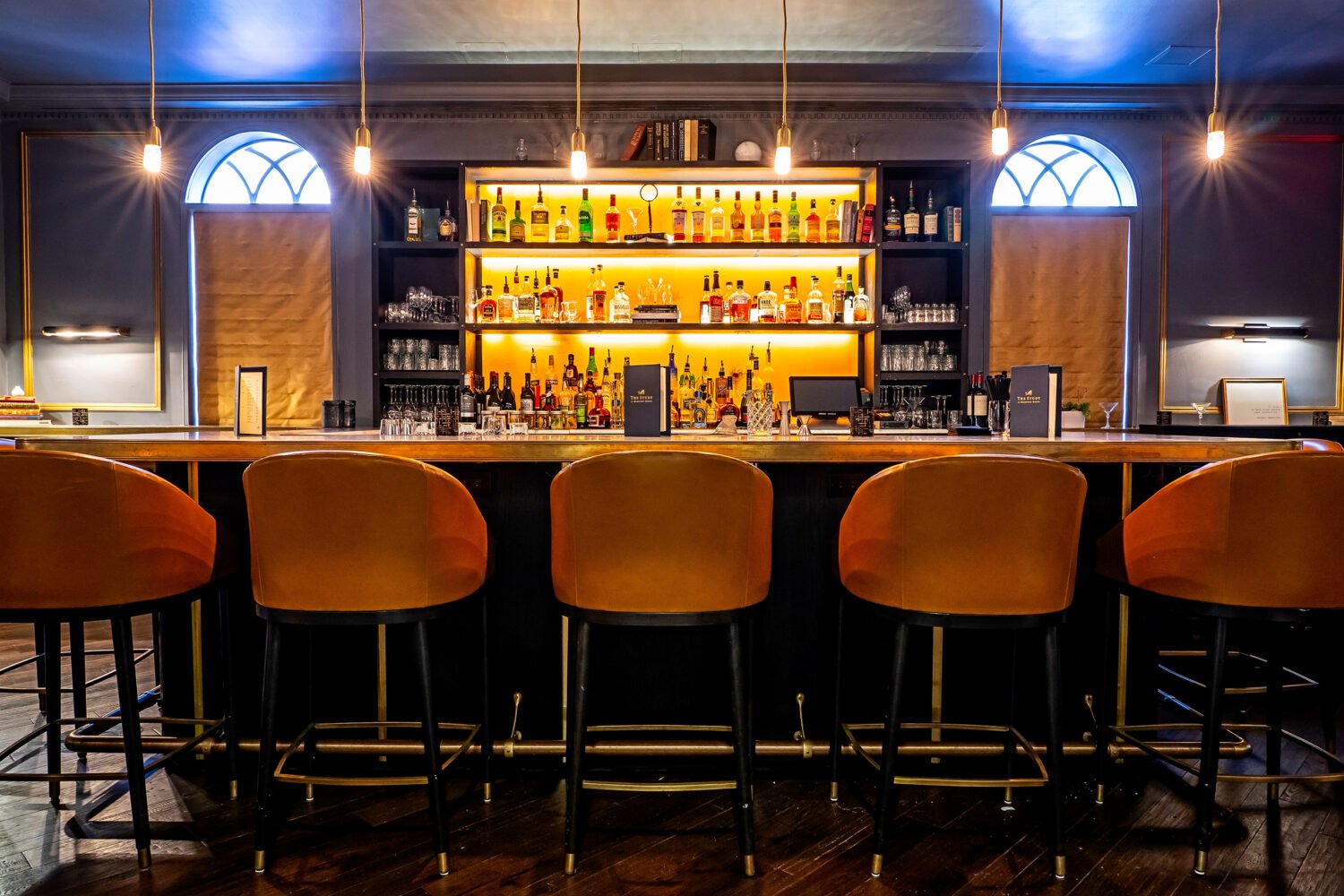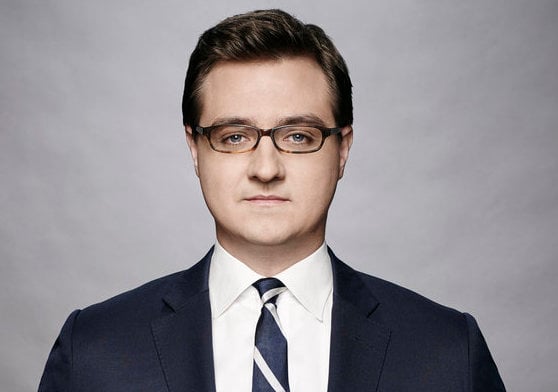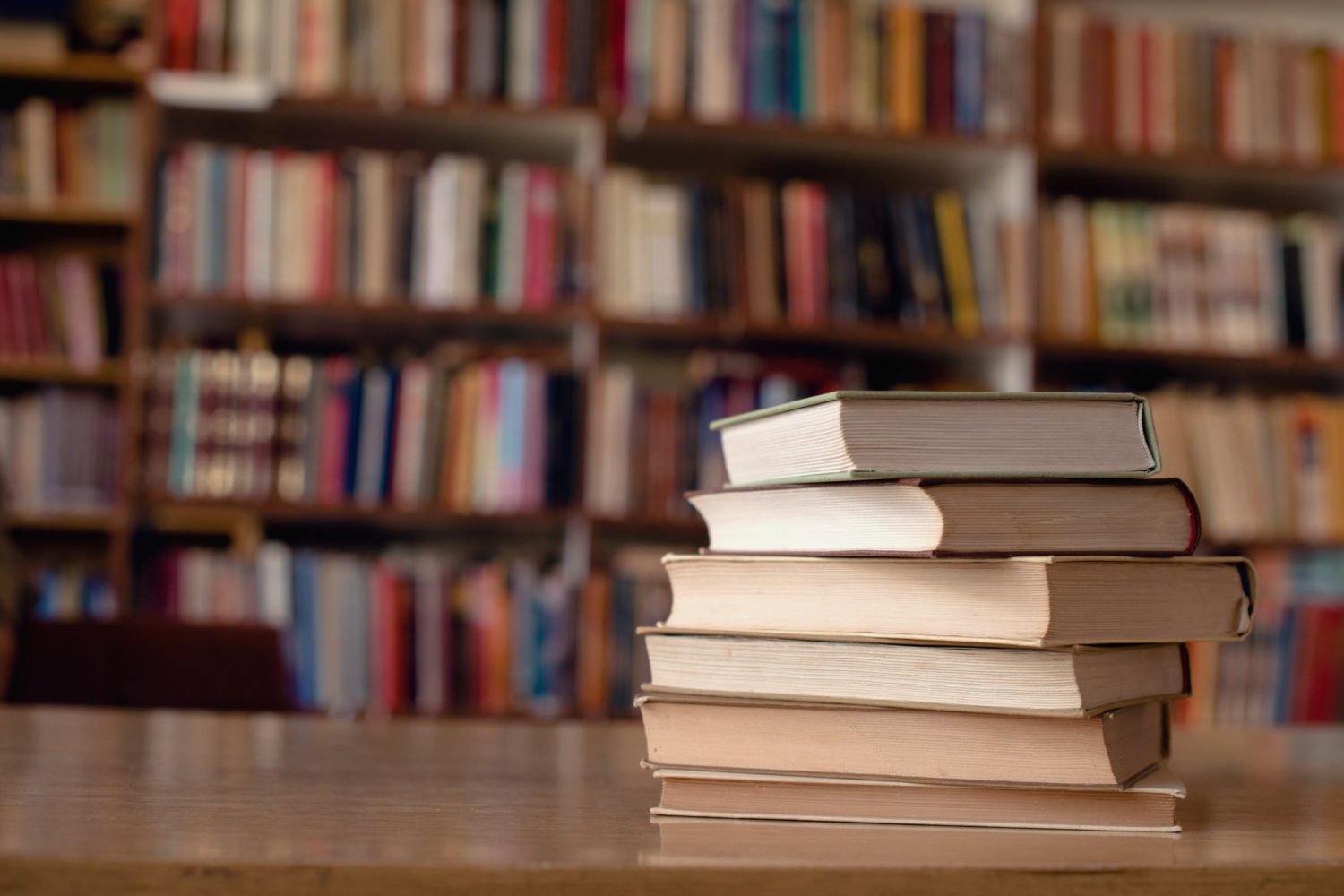It’s not often you see books about museums published by a single author. For Mabel O. Wilson, Professor of Architecture at Columbia University and a Research Fellow at the Institute for Research in African American Studies; this is only one of the many reasons her new book, Begin with the Past stands out.
“It’s tricky to have a single author write a book that’s trying to cover so much,” says Wilson. You’ll often see books on museums where there are multiple authors and they just divide the topics up.” Because museum director Lonnie Bunch is a historian, Wilson says, “he believes telling the history of the building was a part of black history.”
Wilson used the assignment to take an in-depth look at the history, culture, and people who aided in the construction of the National Museum of African American History and Culture, which will open September 24. Wilson, who is a trained architect and cultural historian—she actually participated on one of the teams who submitted designs for the museum back in 2009—tells the complex centuries-long story of the newest museum on the National Mall through the lens of space and cultural memory.
We spoke with Wilson about her latest book and what she believes this new museum will represent.
What first inspired you to write Begin with the Past?
It was sort of an intersection of a number of things that I do. I’m trained as an architect and then I’m also trained as a cultural historian. And so I had written a previous book called Negro Building, and in that book was a sort of history of [the] museum. It looked at how African Americans had used World’s Fairs and what were called Emancipation Expositions as temporary public spaces to represent history, to have political debates, to exhibit art and this kind of goes all the way up to the ’60s and to the Black Museum Movement. And so, part of that history is the history of what becomes the National African American Museum…. The museum’s own history is exactly the complex struggles the museum is trying to tell.
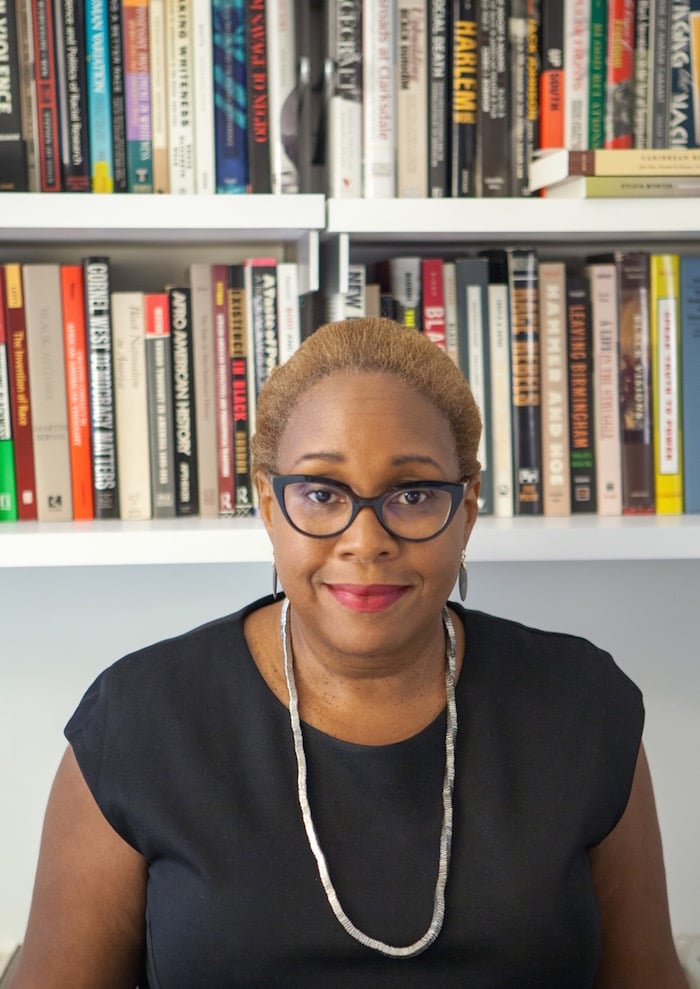
How did you take so much history and condense it down to make it accessible for readers?
You know, it’s coming up with a narrative of the story. Lonnie Bunch, who is the director, is a really amazing storyteller. And one of the lines I really appreciated that Lonnie told me early on was that he was interested in [a] museum of how history is hiding in plain sight. Black history is there, but it just hasn’t been recognized.
The early chapters are all about how the institution came to be. Who were the people who tried to start the black museum movement? And then there’s the middle ground, and there’s the specific history of this museum coming out of those struggles and the different players who were a part of that.
So each of the chapters really tries to tell a specific story about the building. Which is sort of mirroring already what the museum is doing in terms of telling these narratives.
Your book also takes a unique approach by looking at space and cultural memory. How would you describe the importance of space and memory in light of the museum?
We all have individual memories, clearly, as human beings. But so much of that is certainly shaped through interpersonal relationships with people. But then you finds groups of people that share experiences or where culture binds them together or other things bind them together beyond culture.
That then becomes a kind of collective memory and you could say Washington, DC, is the collective memory of the nation. I mean [the] role of monuments and memorials is to allow for a remembering of a particular past or to associate with particular values. Flags serve that purpose, there are a lot of things that can stimulate that process of remembrance. One of the big shared memories many of us have is what happened for example on 9/11.
So, I think one of the challenges for African Americans has been the inability to build monuments and memorials about black history from enslavement onward. You know when African Americans were enslaved or free they didn’t have free movement and mobility around the country for example. It was limited, oftentimes. Certainly for enslaved African Americans it was challenging but even for so called free blacks it was challenging. Then post-emancipation, Jim Crow segregation in many ways reinstated those limitations.
The ability to control space, to own property, to have a civic presence meant that histories weren’t being represented in physical ways so that people will remember in their day-to-day practices. So that’s the thing cultural memory or practices of memory often happen in our daily spaces that we walk through.
What to you makes this museum unique?
What I think is really remarkable about the museum—and it’s something I thought even intuitively on the competition design I worked on—was this idea that you would take a building and dematerialize the massiveness of it. The Corona really allows a sense of the outside in and the inside out. So that when you come into the first floor you’re not enclosed. You have this kind of panoramic view back out to the mall. Back to the trees and the amazing landscaping.
Lastly, As one who studies architecture and a historian, how do you think the future of museum will help to illuminate history?
Well I think that it’s an American story. You know there’s American Exceptionalism: ‘We’re an exceptional group of people.’ [But] we’re human beings and we make mistakes and it’s a struggle to be human and to be able to live together as a people that is as diverse as Americans. And the fact that we’ve been able to make this country system work for as long as we’ve been able to is a huge accomplishment. But you know sometimes the overarching story of that tends to edit out very important contributions.
My sense is that the goal of the museum is to be a vessel. A vessel of knowledge that can engage the public to learn and to become informed, so that they can see that a lot of the contemporary challenges the country is still facing has historical roots. And by being informed [we] can help work through those challenges and maybe begin to resolve some of the legacy of enslavement and the inequalities that still haunt many in the United States.

